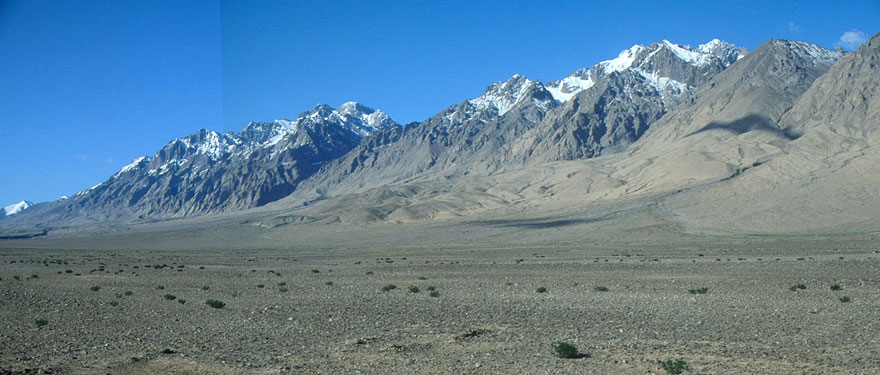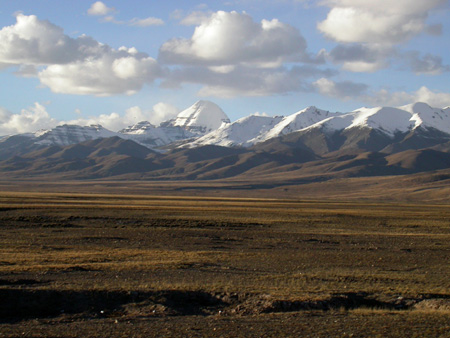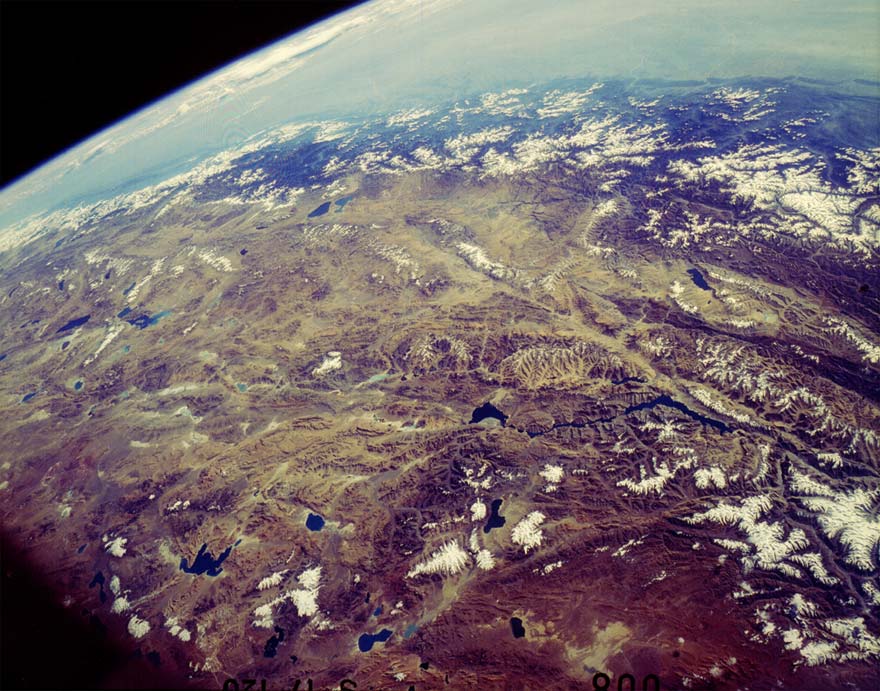Large-scale geometry, offset and kinematic evolution of the Karakorum fault, Tibet |
The total offset, lifespan and slip rate of the Karakorum fault zone (KFZ) (western Tibet) are debated. Along the southern fault half, ongoing oblique slip has exhumed dextrally sheared gneisses intruded by synkinematic leucogranites, whose age (V23 Ma, U/Pb on zircon) indicates that right-lateral motion was already in progress in the late Oligocene. Ar/Ar K-feldspar thermochronology confirms that rapid cooling started around 12 Ma, likely at the onset of the present dextral normal slip regime. Correlation of suture zones across the fault requires a total offset greater than 250 km along the active "northern" fault branch. An average long-term slip rate of 1+-0.3 cm/yr is inferred assuming that this offset accrued in a time span of 23-34 Ma. Southwest of the Ladakh-Karakorum Range, the large-scale boudinage of ophiolitic units suggests that an offset of several hundreds of kilometers exists along another "southern" branch of the KFZ. Towards the southeast, in the Mount Kailas region, the fault zone does not end at Gurla Mandatha, but continues eastwards, as a transpressive flower structure, along the Indus-Tsangpo suture. Our new data thus suggest that the KFZ contributed to absorb hundreds of kilometers of India-Asia convergence. |
| Paper by
Lacassin, Valli et al. published in EPSL v.219 (2004) p.255-269 PDF of this paper PDF of reply to M. Searle's comment. |
 |
 |
